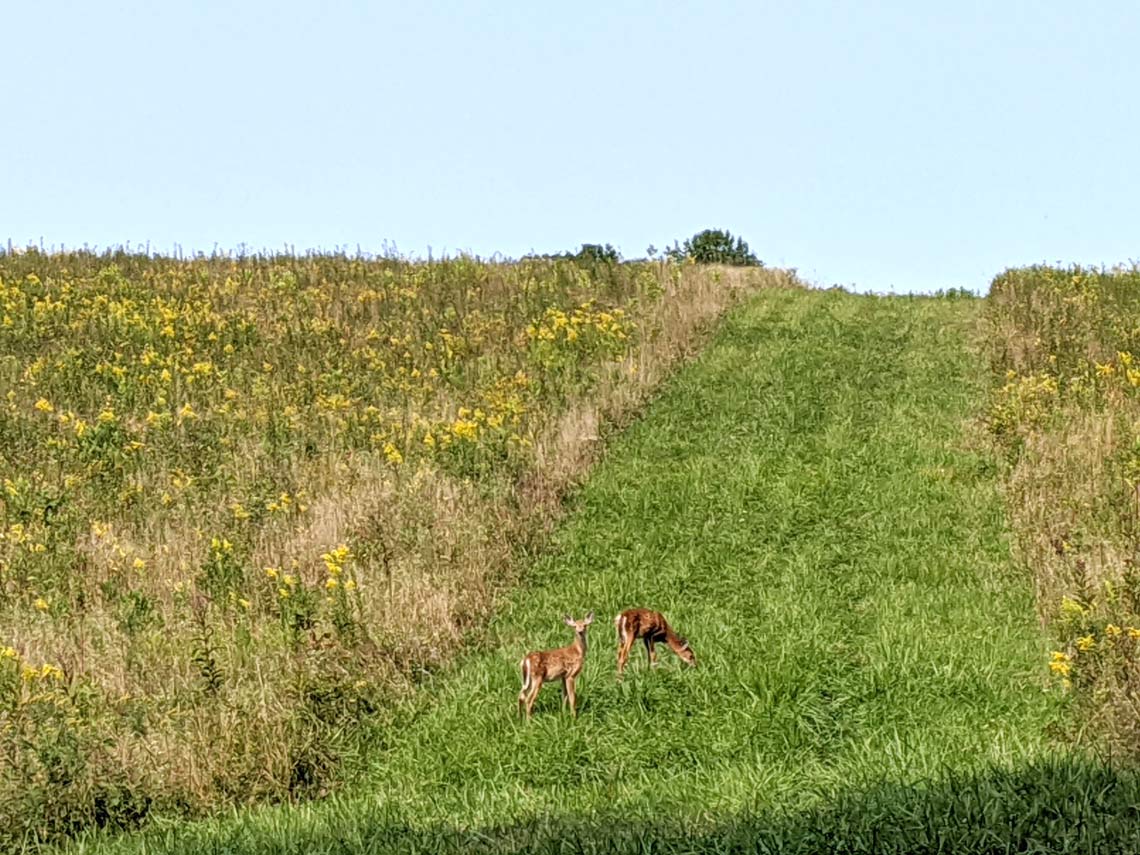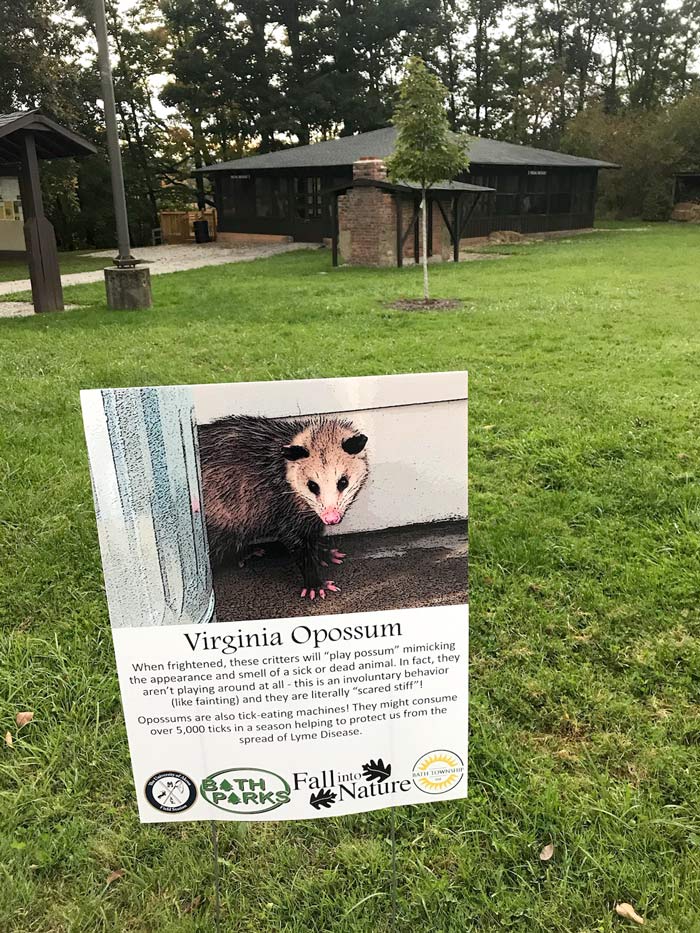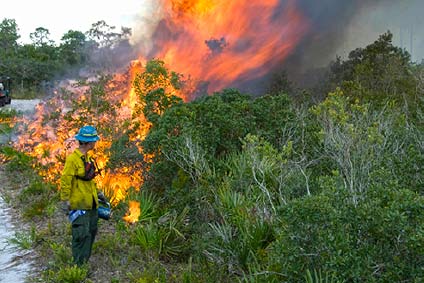Breath of fresh air: UA Field Station offers in-person and virtual field experiences
In the midst of the COVID-19 pandemic, one of the best things you can do is get outside and take a breath of fresh air — or, at least, immerse yourself in the greenest wilds of cyberspace.
The University of Akron Field Station (UAFS) at the Bath Nature Preserve (BNP) is offering the best of both worlds, natural and virtual, this fall, through its annual “Fall into Nature” open house and new “Virtual Field Project.”
Discover woods, wetlands and wildlife
The UAFS, in collaboration with Bath Township and the Bath Park Board, will celebrate the beauty and bounty of the fall season with its “Fall into Nature” event at the BNP this month.
Throughout October, visitors will be able to explore “Discovery Trails” and identify flora and fauna using “exploration cards” available at BathTownship.org, the Visit Bath Parks Facebook page, the Bath Community Park, and the Ira Road Trailhead and UAFS kiosks.

These deer are among the many species of wildlife that can be found at the BNP.
Following social distancing and other health guidelines, visitors will use the cards to locate up to 30 signs featuring a photo and description of a plant or animal. The signs will be located along the North Fork Trail, Bridle Trail, Hickory Farm Lane and Bath Pond. The Discovery Trails can be completed in a single day, over several days or multiple times during regular park hours.
“Normally in October, we would be hosting our annual open house with Bath Parks, Fall into Nature at the UA Field Station. Even in the midst of a pandemic, we still want to encourage people of all ages to get out to explore one of our region’s amazing natural resources, Bath Nature Preserve, in a safe and fun way. Nature is incredibly resilient and we can get health benefits just from being out in it”, said Dr. Lara Roketenetz, UAFS manager.
Participants are encouraged to take selfies on the trails and share them on the Visit Bath Parks Facebook page under the “Fall into Nature 2020: Discover Bath Nature Preserve” event. Participants who write their name, address, age and email (optional) on the back of their exploration cards and deposit them in a designated box at the UAFS will be mailed a small prize.
Get your virtual feet wet
While visitors can explore the BNP in person, the virus has nonetheless forced faculty at UA and throughout the country to move their classrooms online — an especially difficult transition for instructors in the field sciences.
Thus, the UAFS and more than 50 other field stations and marine labs (FSMLs) worldwide have collectively launched the “Virtual Field Project” to provide virtual field experiences to college and K-12 students.
With the support of a National Science Foundation RAPID grant, the coalition of FSMLs has created a suite of virtual teaching materials to help instructors introduce students to field research and ecological concepts such as species, habitats, processes and human-environment interaction.
The materials include ecosystem exploration videos enabling students to make their own observations of marine, freshwater and terrestrial habitats; as well as “Live from the Field” broadcasts that let students interact with researchers at field sites, exploring topics ranging from forest fires and harmful algal blooms to nutrient cycling in grasslands.
“I have been helping on the general planning for the videos, as well as specifically working on the freshwater focus group,” Roketenetz said. “The goal of the project is to create a searchable database of habitat exploration videos from across the globe which faculty and students can use to learn about different ecosystems (terrestrial, marine, freshwater) through a digital lens and still have a ‘field experience.’
“Although we do not think that videos can substitute for real experiential learning in the field, this gives people an opportunity to more easily compare and contrast habitats from disparate geographic areas to get a better understanding of ecology.”
The Virtual Field Project emerged from a grassroots effort by the Organization of Biological Field Stations (OBFS). The “Live from the Field: Harmful Algal Blooms” recording and other videos are available on the OBFS YouTube channel.
About the UAFS at BNP
The UAFS at BNP, established through a 1998 collaborative agreement between UA and Bath Township, is a living laboratory for the advancement of knowledge through ecological research, education and stewardship of the natural world. With more than 400 acres of wetlands, forests and grasslands, it is among the largest terrestrial ecology field stations in Ohio.
As a unit within the Department of Biology, the UAFS at BNP provides field experiences to students in disciplines ranging from aquatic ecology and entomology to mycology and zoology. For the past seven years, for example, Dr. Randall Mitchell, biology professor and director of the UAFS, and his student assistants have been completing annual surveys to evaluate the progress of the restoration of the preserve’s Tamarack Bog.
MORE:

One of the 30 signs on the BNP’s Discovery Trails, this Virginia Opossum sign stands in front of the “Regal Beagle” outdoor space managed by Bath Parks and sometimes used for UAFS classes and events.

A scene from the Virtual Field Project’s “Live from the Field: Fire Across the Continent” video.
